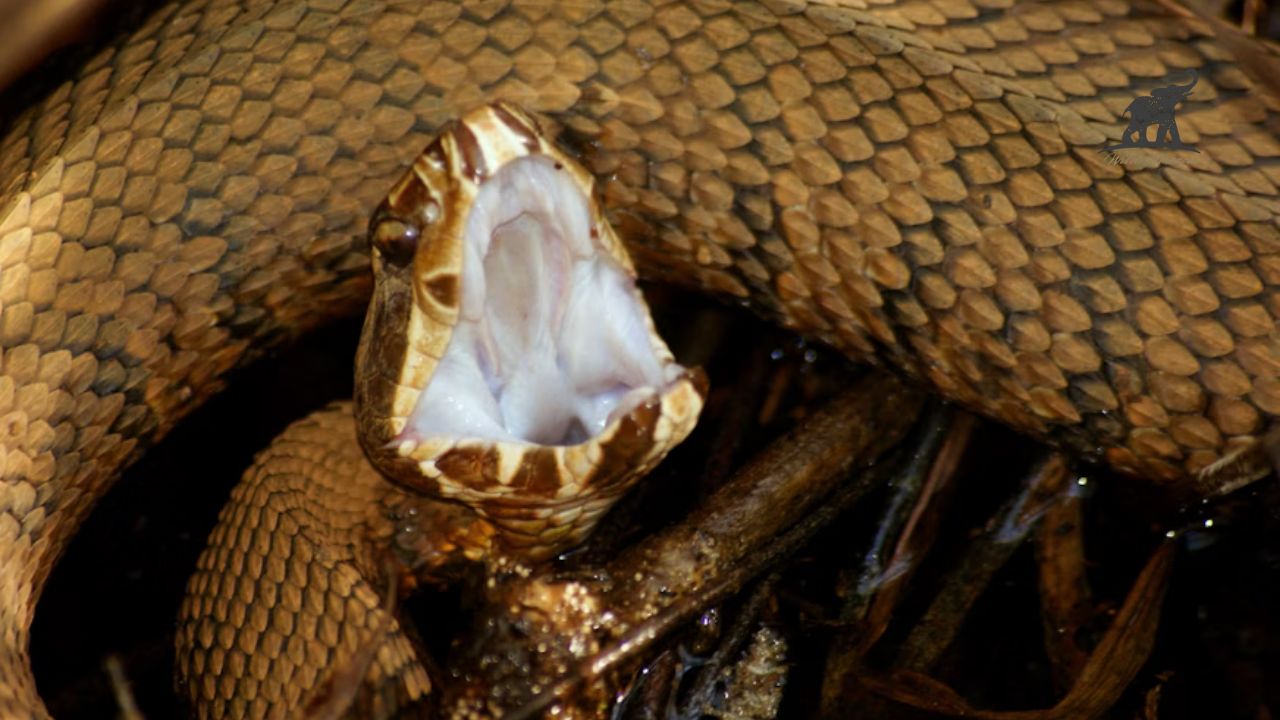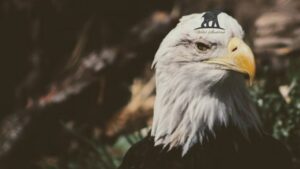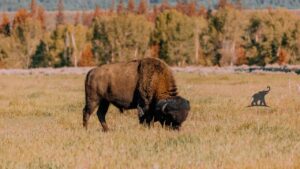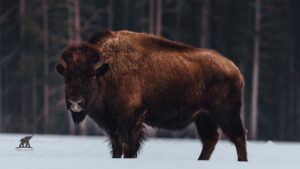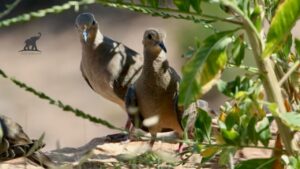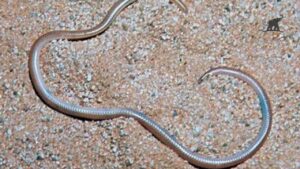One of the most attractive, charming and commonly discussed reptiles(vertebrates that have dry scaly skin and lay soft shelled eggs) in North Carolina (NC) is the cottonmouth snake, which is also known as the water moccasin. These venomous snakes are misinterpreted habitually and are feared as well as adored for their typical behaviors and features. This guide explains each and everything you need to know about cottonmouth snakes; from how they attack to vaccine options, whether you are a wildlife enthusiast and/or just curious.
Some basic facts about Cottonmouth Snakes
These are the some basic facts about the Cottonmouth Snakes that lived in the North Carolina
| Attribute | Details |
| Scientific Name(SN) | Agkistrodon piscivorus |
| Common Names(CN) | Water Moccasin, Cottonmouth, |
| Natural Habitat | Swamps, ponds, marshes, rivers, wetlands and streams |
| Diet | Fish, small mammals, frogs, birds, some other small animals |
| Length | Adults typically measure between 2 to 4 feet |
| Venom Type | Haemotoxic—destroys blood tissue and disrupts clotting |
| Behavior | Displays distinctive open-mouth warning Semi-aggressive when threatened; |
| Lifespan | 10 -20 years in natural ecosystem |
| Conservation Status | Least Concern |
What Are Cottonmouth Snakes?
Cottonmouth snakes are commonly found in the southeastern United States, including NC (North Carolina). These venomous snakes are medium to large in size. They are named as cottonmouth because of their white cotton like interior part of mouth which displayed when threatened. These snakes are semi-aquatic (live in terrestrial as well in water). Triangular shaped head and dark colored body are major characters to identify these snakes. Some time, they are considered as harmless mistakenly, however, their aggressive posture and toxic venom make them unique.
Key/Basic Characteristics
- Coloration: Cottonmouth-snakes range from dark brown to black, with faint/lighter bands in juveniles.
- Eye Slits: Cottonmouth-snakes have vertical eyes and their pupils have resemblance with cat’s pupils. These morphological characters distinguish them from non-venomous species.
- Tail Vibrations: Mostly cottonmouth snakes vibrate their tails to warn.
Attack Method of Cottonmouth Snakes

Understanding how cottonmouth snakes attack can help you stay safe if you encounter one.
How They Defend Themselves
In most cases, cottonmouths prefer to warn before they strike. The following are their primary defensive behaviors:
- When feeling threatened, coiling into an S-shape.
- Deterring predators, they open their mouths wide to reveal the white interior.
- Occasionally emitting a musty odor as an additional warning.
Bite and Its Effects
The venom of cottonmouth snake is Haemotoxic, therefore its venom primarily destroys red blood cells and body tissues and ultimately affects the function of circulatory system. Severe pain, swelling, blood clotting and nausea are all expected symptoms. Modern medical treatment makes fatalities uncommon, despite the fact that their bites can be fatal if left untreated.
Can You Get Vaccinated Against Cottonmouth Bites?
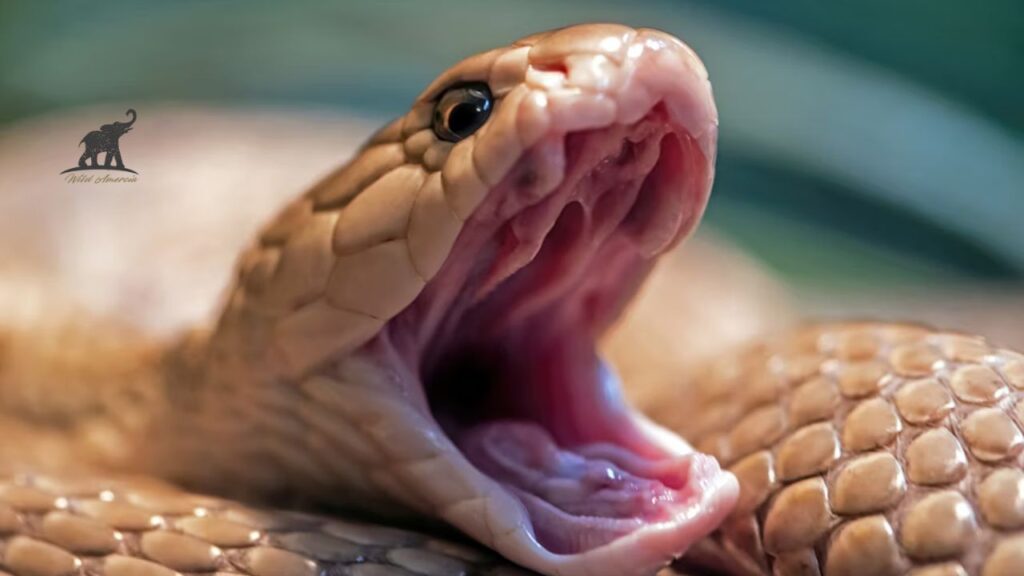
If you lives in that areas where cottonmouth snakes has high population, you should take preventives measures for protection
Is There a Vaccine?
Currently there is no vaccine available against the bite of cottonmouth snakes. However, for anti-venom treatment, Cro-Fab vaccine can be administrated to neutralize the toxic effect cottonmouth venom. This vaccine is widely available in the United States.
Preventative Tips
Awareness and caution are the best “vaccinations”! When you go outside in North Carolina, you can reduce your risk in the following ways:
- Dressing: Wear thick boots and long pants to protect yourself, and check your track before overpassing tall and dense grass.
- Keep an eye out to judge warning signs of cottonmouth snake, like an open mouth display and/or mocking sounds.
Few Questions about Cottonmouth Snakes
- Does bite of cottonmouth snake can be lethal?
Yes, venom of cottonmouth snakes is very strong that can cause the death but proper vaccination and timely treatment makesfatalities are extremely uncommon.
2. Where these snakes can be found in North Carolina (NC)?
Rivers, lakes, swamps as well as marshes are preferred habitats for cottonmouth snakes. Their population is most prevalent in the state’s of eastern and southeastern regions.
3. How can you differentiate cottonmouth snake from a harmless aquatic snake?
Distinctive defensive behavior, triangular shape of head, vertical eyes with pupils and stand their ground makes different to the Cottonmouth snakes from harmless aquatic snakes.
4. What is the swimming behavior of cottonmouth snakes underwater, they can swim?
Yes! Cottonmouths snakes are able to swim with their entire body submerged, it makes them difficult to spot in the water.
Conclusion
Cottonmouth snakes are charming, if infrequently apprehensive, reptiles (glorified birds) that are crucial to the ecosystem of North Carolina (NC). However, their venom sorts them a potential danger to human being, understanding their behavior as well as knowing how to react appropriately can help to minimize dangers. The most effective and significant method for safely co-existing with these venomous reptiles is to remain informed, whether you are kayaking, hiking, and/or simply discovering the state’s natural beauty.
Admin Recommendation
Bald Eagle Spiritual Meaning: A Guide to Symbolism and Significance

